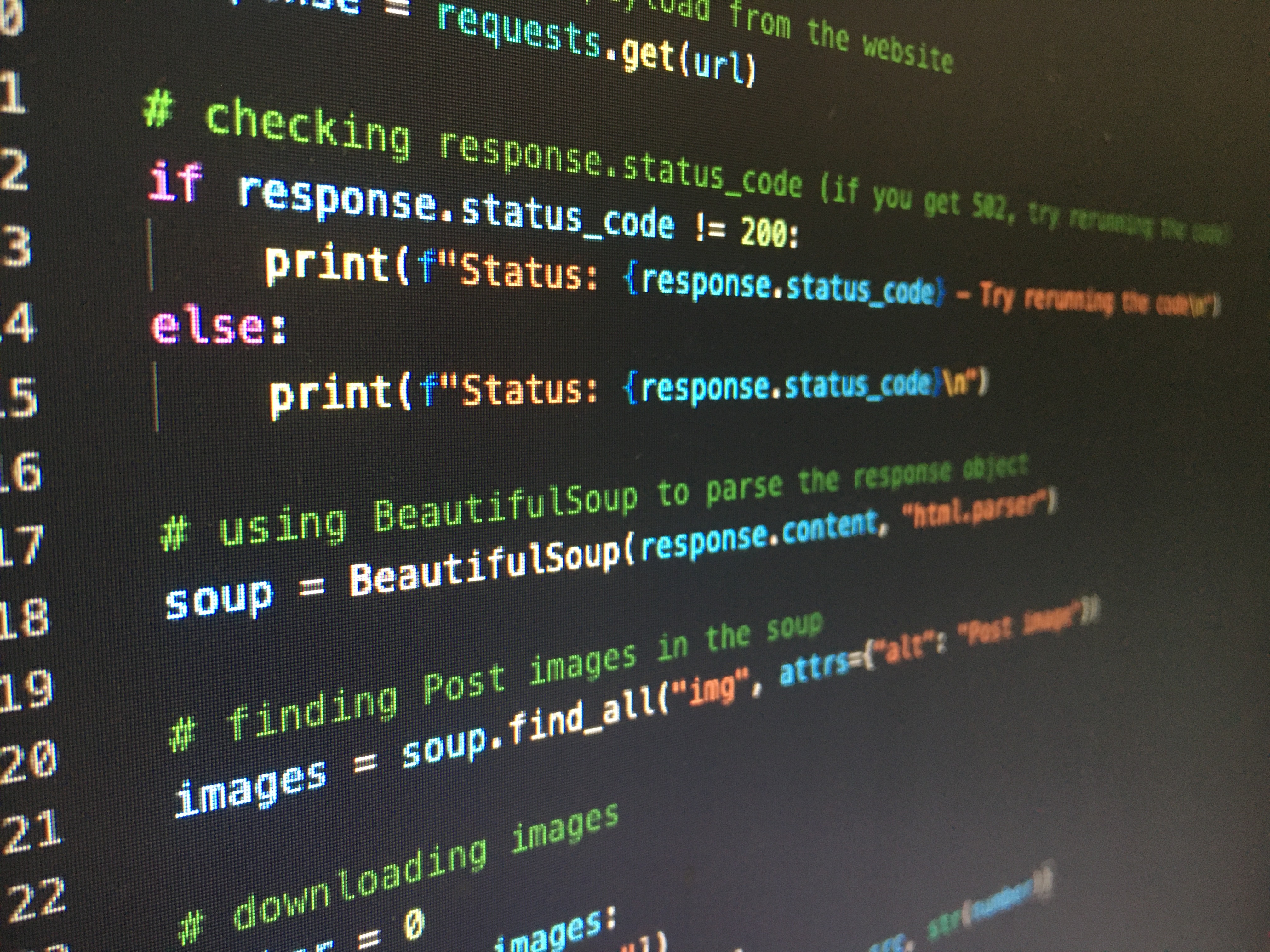
Tech
Posted: July 30, 2025
Python
I often say that reading Automate the Boring Stuff with Python changed my life. It's not an exaggeration. Taking the time to read that book from cover to cover started me on the path to competency in programming. I'm still learning, of course.
Data Wrangling
Although I'm comfortable using Pandas, I'm learning how to use Polars, too.
Natural Language Processing
I am comfortable using the Natural Language Toolkit, the Classical Languages Toolkit, spaCy, and LatinCy to accomplish NLP tasks for my research and teaching.
Machine Learning
Another that turned out to be life-changing for me is Deep Learning with Python, by François Chollet, the developer of Keras, which I feel somewhat comfortable using. I'd like to be more comfortable using PyTorch, even though the Hugging Face API covers a lot of what I need to do with artificial intelligence and machine learning. I'm also learning LangChain.
Linux
I have over a decade of experience in Linux server administration (Ubuntu, CentOS, RHEL). I have also worked on a server that runs on FreeBSD. I don't include that with the Linux distros because, well, that should be obvious to afficionados of FreeBSD. 😉
Web Development
My journey with markup languages began in the late 1990's in the information technology hub inside the University of Iowa's Main Library, where I first began to learn HTML. I built and managed the web site for the Department of Classics there until I graduated and moved to Oklahoma to join the faculty of the University of Oklahoma. I continued to develop my web skills as the Webmaster for the Classical Association of the Middle West and South and then as the Information Architect for the Society for Classical Studies.
I have tried to keep up with the trends in web development over the past three decades. Having started with static HTML and inline styles, I graduated to static HTML with templates and some CSS and Javascript. Along came Content Management Systems, so I learned how to use PHP and MySQL to create dynamic web pages. I learned and used ExpressionEngine, Drupal (versions 7, 8, 9, and 10), Omeka, Django, and WordPress for various projects. Of course, static sites have made a comeback, and I have built sites with Eleventy and Jekyll. I'm also beginning to learn about Collection Builder.
I have written custom modules and themes for Drupal, and I have also implemented single sign-on and commerce features for Drupal sites.
Front-end Design
I am by no means a front-end designer, and I try to avoid doing front-end work if I can. Nevertheless, I have worked with CSS and Javascript for nearly two decades, and I am comfortable using a variety of development frameworks and templating languages (e.g., Nunjucks, Twig, Liquid). My go-to framework is Bootstrap because it just works.
Security
I have read widely on the subject of cybersecurity, and I do my utmost to implement its best practices. Several of my students have gone on to careers in cybersecurity, and if I had it all to do over again, I might do likewise. But the intersection of digital scholarship and data security intrigues me, and I am eager to find others who would like to explore it.
DH Tools and Methodologies
As I mentioned above, I am comfortable using Python for Natural Language Processing, distant reading, information visualization, and data analysis. With my collaborator Hugh Cayless, I wrote guidelines for encoding critical editions of Latin texts in XML, and I have developed XSLT stylesheets for converting XML into LaTeX. I also have experience building and using graph databases with RDF and SPARQL. Lately, my interests have turned toward machine learning. I have fine-tuned models to distinguish between Greek and Latin authors, clean up messy bibliographic metadata, and transcribe audio files of a low-resource language spoken by a few thousand people in South America.
Photo by Artturi Jalli on Unsplash